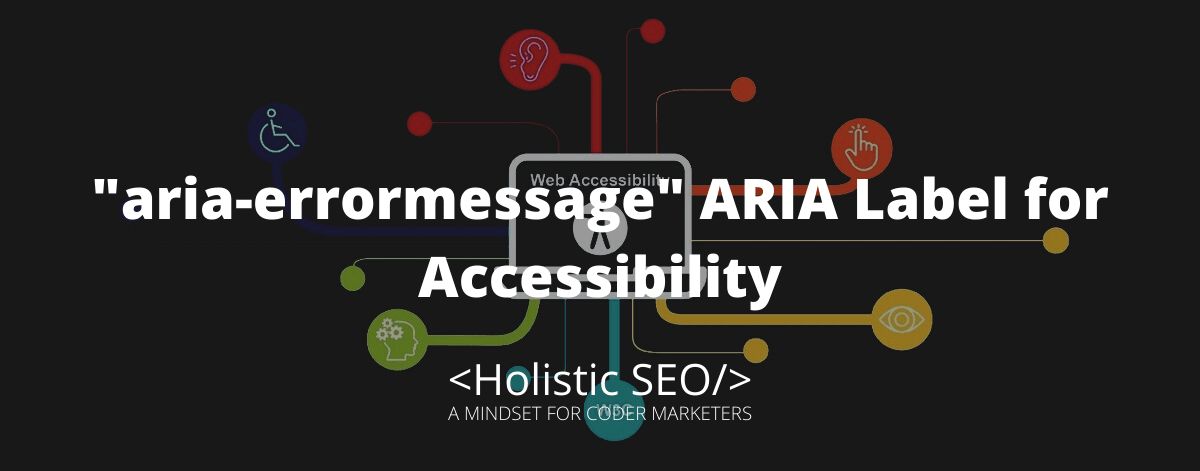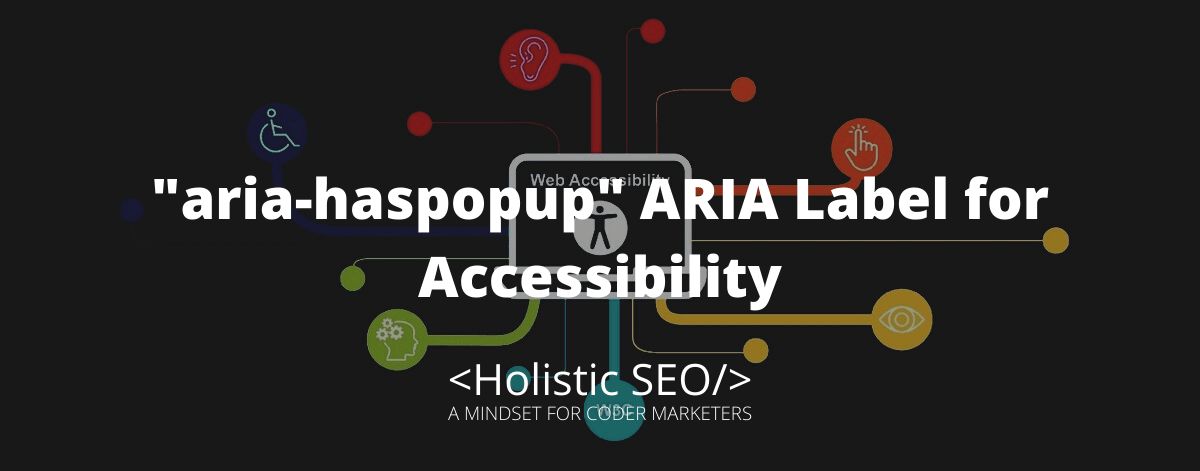The aria-errormessage is an attribute that identifies an error that the element provides. It proves the error by executing the error message to let the user know it exists. The purpose of aria-errormessage is to communicate to the elements that show the error and provide action on how to deal with it. The developer can use aria-errormessage to help users identify the error, narrow down where the fault is coming from, and it will be easily fixed or defined properly. The aria-errormessage can be used in any given element. The aria-errormessage can be used for other aria labels such as aria-invalid, aria-describedby, aria-live, and aria-checked.
What is the function of the “aria-errormessage” ARIA Label?
The purpose of the aria-errormessage method is to act based on the error information that has been determined to be associated with the elements. The aria-errormessage function is responsible for communicating an error message to the user, as well as informing them of the error and how it may be resolved. It contains a noticeable error message that will be activated by an instance and link the invalid entity with the aria-errormessage property if the error is visually obvious and a conclusive description can be transmitted.
What are the uses of the “aria-errormessage” ARIA Label?
Listed below are the aria-errormessage ARIA Label uses.
- Application role: It indicates to the assistive technologies that an entity and all of its children should be handled in a manner comparable to that of an application; standard HTML interpretation is not required.
- Checkbox role: The checkbox role is for easily verifiable input control elements containing the role=”checkbox” attribute that includes in the aria-checked attribute to disclose the checkbox’s state to assistive technology.
- Textbox role: The textbox role is being used to identify an element that accepts free-form text input.
- Gridcell role: It’s being used to make cells in a grid, and it is meant to duplicate the ability of the HTML td element for the purpose of grouping information in a table-style manner.
- Spinbutton role: The function of the spin button is to establish the type of range for which it is expected that the user will choose a single value from a set of alternatives.
Example Uses of “aria-errormessage” ARIA Label
Listed below are the examples and uses of aria-errormessage.
Consider a visible error message and associate the incorrect entity with the aria-errormessage element. If the error is visually apparent, a specific explanation of the problem should be provided.
<p>
<label for="email">Email : </label>
<input type="email" name="email" id="email"
aria-invalid="true" aria-errormessage="err1" />
<span id="err1" class="errormessage">Error: Please enter a valid email address</span>
</p><div class="control">
<p><label for="email">Email: [*]</label>
<input type="text" name="email" id="email" class="error" aria-invalid="true" aria-describedBy="err_2" /></p>
<span class="errtext" id="err_2">
Error: Invalid input, Please try again</span>
</div> <p>
<label for="email"> Enter a valid email address </label>
<input type="email" name="email" id="email"
aria-invalid="true" aria-errormessage="err1" />
<span id="err1" class="errormessage">Error: You have entered an invalid email address, please try again</span>
</p>The ARIA Labels related to aria-errormessage are listed below.
- aria-invalid: The aria-invalid is related to aria-errormessage because they both rely on the value to provide a useful error message for the user. The aria-invalid is a state that shows the entered value does not fit the format expected by the application. Thus, the error message will be visible to the user.
- aria-describedby: The aria-describedby is related to aria-errormessage because they both provide a description based on the element. The aria-describedby is an attribute that identifies the element that describes the element on which the attribute is set up.
- aria-live: The aria-live is related to aria-errormessage because they both are not visible until an invalid input is true. The aria-live is an attribute that indicates an element is to be updated and describes the types of updates the user agents, assistive technologies, and the user expects from the live region.
- 48 Online Shopping and Consumer Behavior Statistics, Facts and Trends - August 22, 2023
- B2B Marketing Statistics - August 22, 2023
- 38 Podcast Statistics, Facts, and Trends - August 22, 2023

